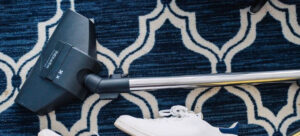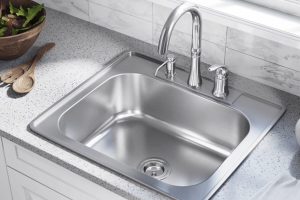Introduction
Sitting for extended periods can be challenging for individuals dealing with degenerative disc disease. The discomfort and pain associated with this condition make it crucial to choose the right desk chair. In this comprehensive guide, we will explore the factors to consider when selecting the best desk chair for degenerative disc disease.
Understanding Degenerative Disc Disease
What is Degenerative Disc Disease (DDD)?
Degenerative Disc Disease is a spinal condition that results from the natural aging process. The discs between the vertebrae in the spine gradually break down, causing pain, discomfort, and reduced mobility.
Symptoms of DDD
Before diving into the selection process, it’s essential to understand the common symptoms of DDD, which may include:
- Chronic lower back pain
- Radiating pain in the legs or buttocks
- Numbness or tingling sensations
- Muscle weakness
Choosing the Right Desk Chair
Ergonomics Matter
Ergonomics plays a crucial role in selecting a desk chair for DDD. Look for chairs that offer:
Lumbar Support
A chair with adjustable lumbar support can help maintain the natural curve of your spine, reducing the strain on your lower back.
Adjustable Height
Ensure the chair’s height is adjustable to maintain a 90-degree angle between your thighs and lower legs, promoting better circulation.
Seat Cushioning
Memory Foam
Chairs with memory foam cushions provide excellent support and conform to your body’s shape, reducing pressure on your discs.
Contoured Seats
Opt for chairs with contoured seats that distribute weight evenly and reduce pressure points.
Armrests
Select a chair with padded and adjustable armrests to relieve tension in your upper body.
Mobility
Choose a chair with swivel and smooth-rolling casters to facilitate easy movement without straining your back.
Materials Matter
Fabric vs. Leather
Consider whether fabric or leather upholstery suits your preferences. Both have their advantages, so choose the one that offers comfort and breathability.
Frame Construction
Ensure the chair has a sturdy frame made of materials like steel or aluminum for durability.
Additional Features
Reclining Functionality
Some chairs come with reclining options, allowing you to shift positions and reduce stress on your spine.
Massage and Heat
Chairs with built-in massage and heat functions can provide therapeutic relief to your back.
Budget Considerations
While it’s essential to invest in a quality chair, set a budget that aligns with your financial constraints. There are excellent options available at various price points.
Conclusion
Finding the best desk chair for degenerative disc disease involves careful consideration of ergonomic features, materials, and additional functionalities. Prioritize your comfort and spinal health when making your selection. By choosing the right chair, you can alleviate discomfort and improve your overall well-being.

FAQs
1. Can a desk chair really make a difference for DDD?
Absolutely. A well-designed desk chair with proper lumbar support and cushioning can significantly reduce discomfort and pain associated with degenerative disc disease.
2. How often should I take breaks from sitting in my desk chair?
It’s advisable to take short breaks every 30 minutes to stand, stretch, and walk around to prevent stiffness and strain on your discs.
3. Are there specific exercises that can help with DDD?
Yes, certain exercises, such as gentle stretching and core strengthening exercises, can help alleviate symptoms of degenerative disc disease. Consult with a physical therapist for tailored recommendations.
4. What is the ideal height for a desk chair for someone with DDD?
The ideal height is when your feet are flat on the ground, and your knees form a 90-degree angle. This position reduces pressure on your lower back.
5. Can a chair with massage and heat functions replace medical treatment for DDD?
While these features can provide relief, they should complement rather than replace medical treatment. Consult with a healthcare professional for a comprehensive treatment plan.



